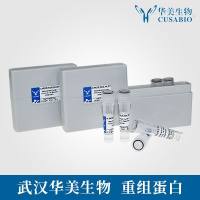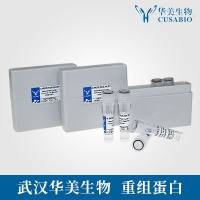Rapid Electrical Lysis of Bacterial Cells in a Microfluidic Device
互联网
510
Electrical lysis of biological cells on a microfluidic platform has evoked significant interest because of its applications in rapid recovery of intracellular contents such as nucleic acids or proteins without introducing lytic agents. Applying a direct current (DC) field for cell lysis typically requires field strength of 1–10 kV/cm, which is dependent on the cell type: prokaryotes or eukaryotes. Bubble generation and Joule heating can often be induced under such high field strengths. In this study we fabricated a simple microfluidic device using low-cost soft lithography with channel widths considerably larger than the cell size to avoid clogging and ensure stable performance, which was able to lyse green fluorescent protein (GFP)-expressing Escherichia coli cells under continuous DC voltage while cells were flowing through the channels. The cell lysis only happened in a defined section of a microfluidic channel because of local field amplification by geometric modification. The geometric modification also effectively decreased the required voltage for lysis severalfold. The cell lysis was verified by plate count on nutrient agar plates and by fluorescence spectroscopy.









